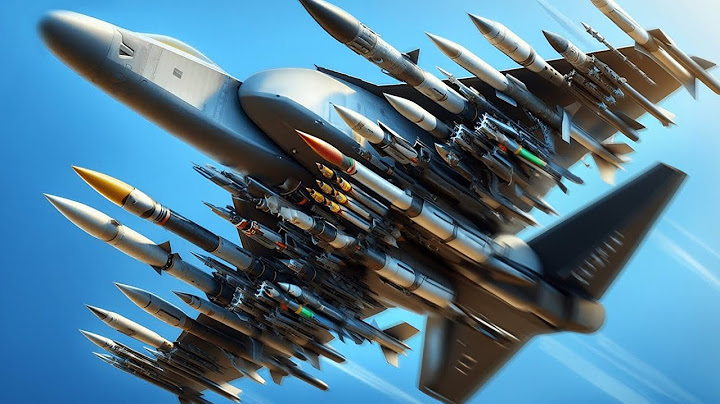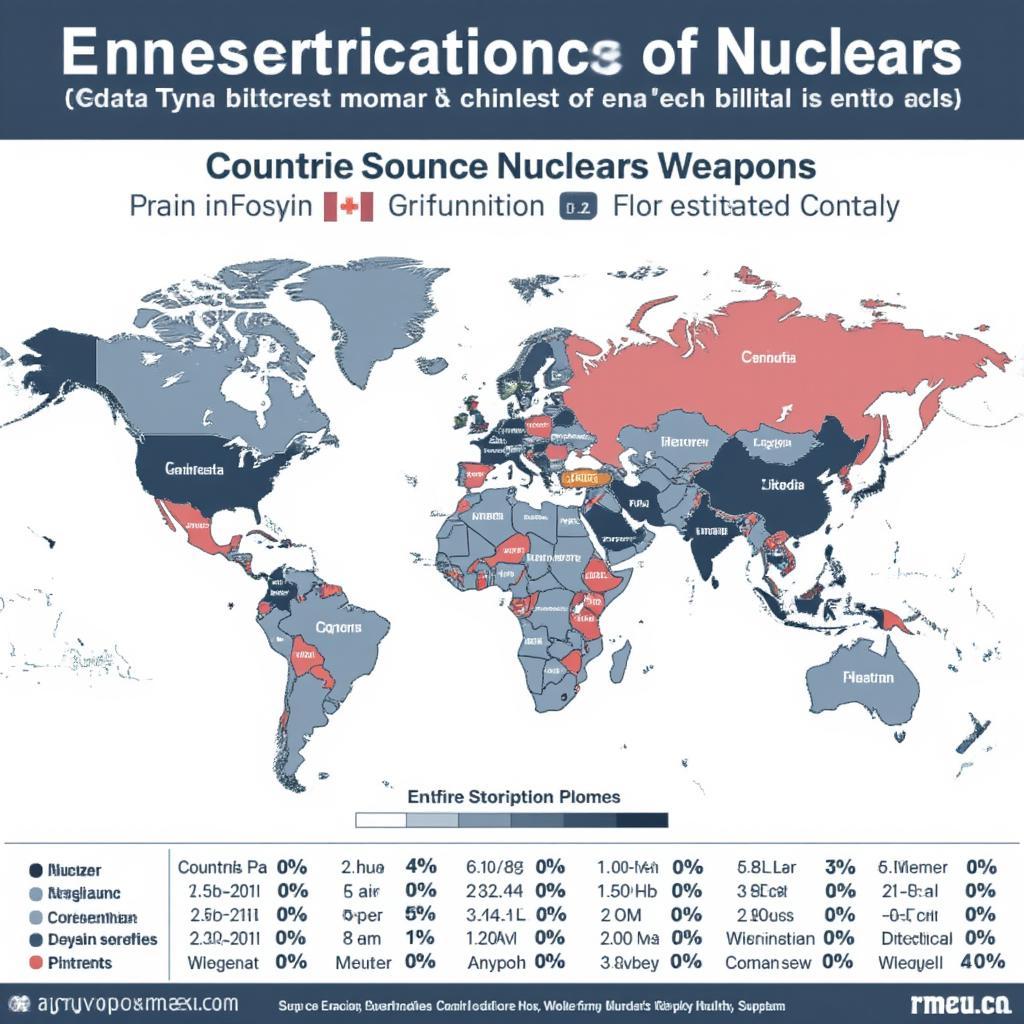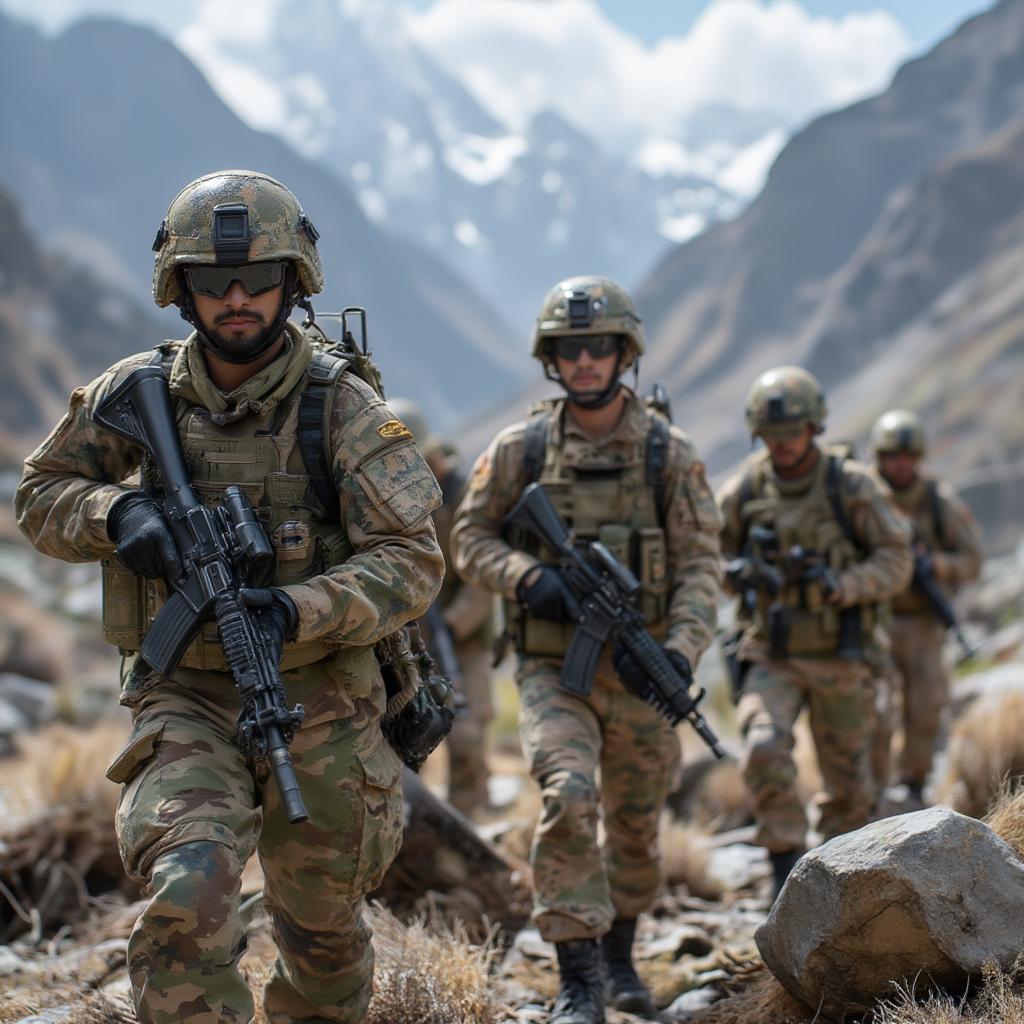A-10 Thunderbolt II History, Design, and Combat Capabilities

The A-10 Thunderbolt II, also known as the “Warthog” or “Tank Killer”, is a ground attack aircraft that has played a crucial role in the United States Air Force (USAF) since its inception in the 1970s. This specialized aircraft was designed to provide close air support for ground troops, specifically in a hostile environment. Its ruggedness, maneuverability, and powerful weapons systems have made it a staple in the USAF’s arsenal for over four decades.
In this blog post, we will explore the history, design, combat capabilities, and controversies surrounding this iconic aircraft.
Introduction to the A-10 Thunderbolt II
The A-10 Thunderbolt II was developed by Fairchild Republic in response to the USAF’s need for a dedicated close air support aircraft. The Vietnam War had highlighted the limitations of traditional fighter jets in providing effective support to ground forces in dense and rugged terrain. As a result, the USAF required an aircraft that could loiter over the battlefield for extended periods and deliver accurate and devastating firepower on enemy targets.
In 1967, the USAF launched the Attack Experimental (A-X) program, which called for the development of an aircraft with the following characteristics:
- Twin-engine
- Straight-wing design
- High survivability
- Simple maintenance
- Able to operate from rough runways
- High ammunition load
- Able to carry a significant payload of conventional bombs, missiles, and rockets
Several companies submitted proposals, but Fairchild Republic’s submission, the YA-10, was selected as the winner in 1972. The first prototype flew in 1975, and the A-10 officially entered service in 1977.
History of the A-10 Thunderbolt II
The A-10 Thunderbolt II has a rich history and has been involved in numerous conflicts since its introduction. Its first combat deployment was during the Gulf War in 1991, where it proved to be a highly effective ground attack aircraft. During this conflict, A-10s were responsible for destroying over 900 tanks, 2,000 military vehicles, and 1,200 artillery pieces.
The A-10 also played a vital role in the Balkans War, where it provided close air support for NATO troops on the ground. It has also been deployed in Afghanistan and Iraq, where it has continued to excel in its intended role as a dedicated ground attack aircraft.
Design and Features of the A-10 Thunderbolt II
Engine and Performance
The A-10 is powered by two General Electric TF34-GE-100 turbofan engines, each producing 9,065 pounds of thrust. This power allows the aircraft to reach a maximum speed of 450 knots and a maximum altitude of 45,000 feet. However, the A-10’s primary role requires it to fly at low altitudes, with a typical operating ceiling of just 15,000 feet.
One unique feature of the A-10’s engine design is that they are placed above the fuselage, rather than below like most aircraft. This configuration helps to protect the engines from debris and enables them to function even after taking significant damage.
Avionics and Cockpit
The cockpit of the A-10 is designed to provide the pilot with maximum situational awareness. The two-seat cockpit features a wide canopy for enhanced visibility and forward-facing ejection seats for both the pilot and weapons systems officer. The cockpit is also armored with titanium plates to protect the crew from small arms fire.
The A-10 is equipped with sophisticated avionics, including a heads-up display (HUD), electronic countermeasures, and an inertial navigation system. It also has a targeting pod that can be mounted under the fuselage for precision strikes on ground targets.
Combat Capabilities of the A-10 Thunderbolt II
The A-10 is primarily designed to provide close air support to ground forces, and it excels in this role for several reasons. Firstly, its engines and wings are positioned above the fuselage, creating a wide and unobstructed field of view for the pilot. This allows for superior maneuverability and agility, making it easy for the A-10 to fly low and slow over the battlefield. Additionally, the A-10’s large 30mm GAU-8 Avenger rotary cannon, which has a firing rate of 3,900 rounds per minute, is incredibly effective at destroying armored vehicles and other ground targets.
The A-10 also has eleven hardpoints, including two wingtip stations, which can carry a variety of missiles, bombs, and rockets. It can carry up to 16,000 pounds of ordnance, giving it a significant amount of firepower to engage multiple targets in a single sortie.
Close Air Support Capabilities
The A-10’s greatest strength lies in its ability to provide close air support, also known as CAS. This involves flying low and slow over the battlefield to identify and attack enemy targets while minimizing the risk of friendly fire. The A-10 is uniquely suited to this task due to its rugged design and powerful weapons systems.
In addition to its cannon, the A-10 can carry various types of bombs and missiles, including laser-guided munitions. These weapons allow for precise targeting of enemy positions while minimizing the risk of collateral damage.
Combat Search and Rescue (CSAR)
The A-10 is equipped with a Low-Altitude Navigation and Targeting Infrared for Night (LANTIRN) system, which enables it to operate effectively during both day and night missions. This capability makes it an ideal platform for combat search and rescue operations, providing crucial support to downed pilots or stranded ground forces.
Variants of the A-10 Thunderbolt II
Since its introduction, the A-10 has gone through several upgrades and modifications to keep it relevant in modern warfare. These include:
A-10A
The A-10A was the initial production version of the aircraft, with 707 units built between 1972 and 1984. It featured a 30mm GAU-8 cannon, Maverick air-to-ground missiles, and unguided bombs as its primary weapons systems.
A-10B
The A-10B was a proposed variant that was never put into production. It would have featured more powerful engines and improved avionics, making it faster and more maneuverable than the A-10A.
A-10C
The A-10C is the upgraded version of the A-10A, featuring an updated cockpit with digital displays and enhanced avionics. This upgrade also includes the integration of precision-guided munitions and other modern weapons systems.
A-10 Thunderbolt II in Action
Over the years, the A-10 has proven its worth in numerous conflicts, earning a reputation as one of the most reliable and effective ground attack aircraft in the world. In addition to its service with the USAF, the A-10 has also been exported to several countries, including South Korea, Israel, and the United Kingdom.
One notable example of the A-10’s effectiveness was during Operation Desert Storm in 1991. The A-10 flew over 8,000 sorties and destroyed over 900 armored vehicles, making it the most successful aircraft during the conflict.
The A-10 has also seen action in Afghanistan and Iraq, where it has been used extensively for close air support and combat search and rescue missions. Its durability and powerful weapons systems have proven to be critical in providing support to ground troops in these harsh environments.
Maintenance and Upkeep of the A-10 Thunderbolt II
The A-10 is designed to operate in austere environments, where it may need to take off and land on rough runways. As a result, it has a sturdy and straightforward design, making maintenance and repairs easier and less time-consuming.
Despite its ruggedness, the A-10 still requires regular maintenance and upkeep to ensure it remains in optimal condition for combat operations. This includes routine inspections, engine overhauls, and upgrades to avionics and weapons systems.
the F-15 Eagle History, Features, and Performance
Future of the A-10 Thunderbolt II
Although the A-10 was initially scheduled to be retired in 2022, the USAF has since extended its service life until at least 2030. However, there are ongoing discussions about whether the A-10 should be replaced with newer aircraft, such as the F-35 Joint Strike Fighter.
Some argue that the A-10’s capabilities are still unmatched by any other aircraft, while others believe that newer technology and advanced weapons systems could provide even better close air support. Ultimately, the decision will lie with the USAF and how they see the A-10 fitting into their future plans.
Exploring the History and Impact of USS Abraham Lincoln (CVN-72)
Comparison with Other Ground Attack Aircraft
The A-10 Thunderbolt II is often compared to other ground attack aircraft, such as the Russian Su-25 “Frogfoot” and the British Harrier “Jump Jet.” Each of these aircraft has its own strengths and weaknesses, but the A-10 stands out for its specifically designed role and impressive combat record.
The Su-25 is a highly versatile and heavily armed aircraft, capable of performing both air-to-air and air-to-ground missions. However, it lacks the A-10’s durability and survivability, making it more vulnerable to enemy fire.
The Harrier, on the other hand, is a vertical takeoff and landing (VTOL) aircraft that can operate from small and unprepared airfields. It also has a shorter range and payload capacity than the A-10, making it less suited for extended operations.
Controversies Surrounding the A-10 Thunderbolt II
The A-10 has faced several controversies throughout its service life, mainly due to budget constraints and the need to fund newer and more advanced aircraft. In 2014, the USAF proposed retiring the entire A-10 fleet to save an estimated $3.5 billion over five years. This sparked a heated debate, with many arguing that the A-10’s capabilities were too valuable to lose.
Ultimately, after significant pushback from Congress and military leaders, the USAF decided to extend the A-10’s service life and continue upgrading the existing fleet. However, the debate over the A-10’s future continues to this day, with some still calling for its replacement with newer aircraft.
Unleashing the Power of the F-22 Raptor A Comprehensive Guide
Conclusion
The A-10 Thunderbolt II is a unique and essential aircraft in the USAF’s fleet. Its specialized role as a dedicated ground attack aircraft has been crucial in providing close air support and combat search and rescue operations for over four decades. The A-10’s ruggedness, maneuverability, and powerful weapons systems have earned it a well-deserved reputation as one of the most effective and reliable ground attack aircraft in the world. While its future remains uncertain, there is no doubt that the A-10 Thunderbolt II will go down in history as one of the most iconic and influential aircraft in military aviation.













